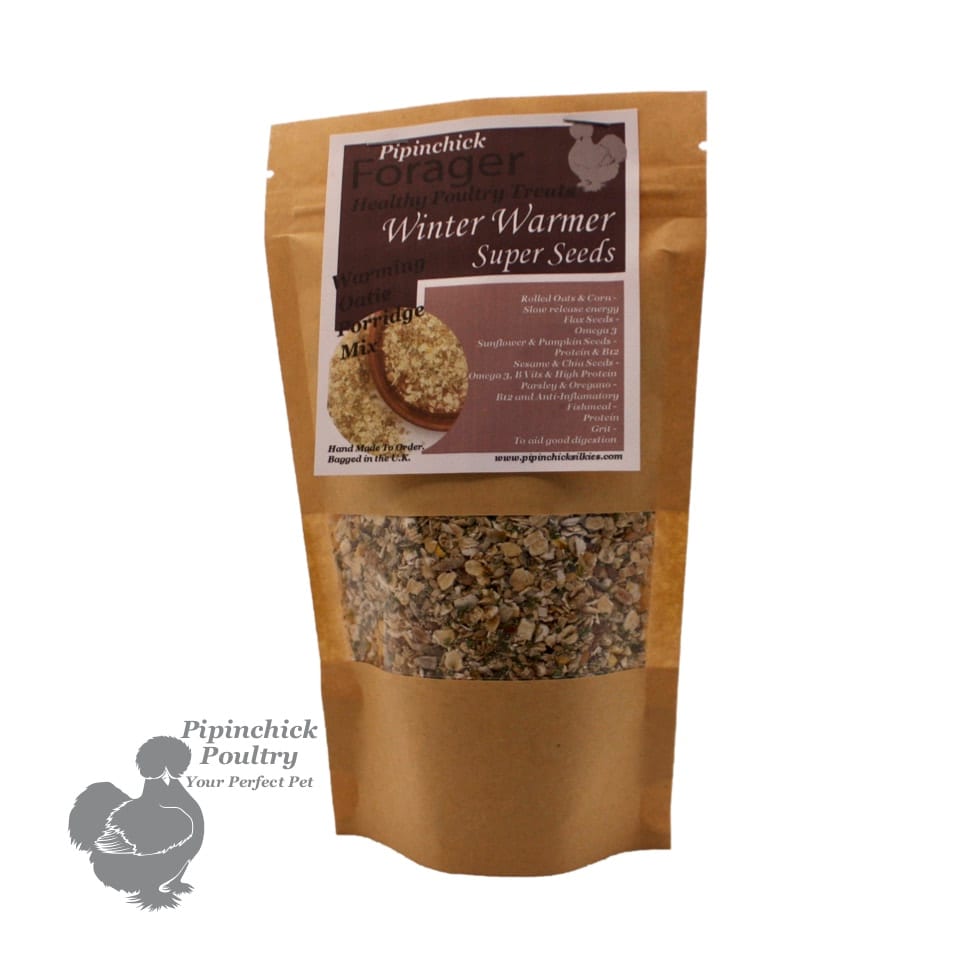



Feather Moulting
What is Feather Moulting?
Feather Moulting is a normal but dramatic loss of feathers. Moulting is a natural process which allows your chickens to shed old and worn feathers and then re-grow fresh, shiny, new ones. It is a yearly cycle and will occur usually at the change of the season from summer into winter as the daylight hours are greatly reduced. The feather moult also allows your laying hen time to rejuvenate their reproductive organs as they will also stop laying during this time.
Young hens up to the age of about 18 months can also have many Juvenile Moults, these are a localised feather loss which can be found in areas such as the chest, lower back and pom poms in crested birds, once the hen reaches full maturity at around 18 months, they have a full moult where they will loose all their feathers in one go.

What are the main symptoms of Feather Moulting in chickens?
- Sudden and dramatic loss of feathers.
- Pale combe and wattles.
- Reduction or even a complete stop in egg production.
- Increase in appetite especially for proteins.
- New feather growth.
- Eating eggs, when chickens moult, they will need extra protein, they may resort to eating their flock mates’ eggs if they are not getting enough protein from their feed.
Helping Your Chicken Through Her Feather Moult.
As feather moulting is a natural occurrence and essential for your hen’s health there is no treatment to stop it, however, there are a few things you can do to help your hen during her moulting period. When your chicken moults she will use up a lot of the protein and iron stores in her body. Feathers are made of 90% protein so re-growing them will pretty much deplete her of protein, you can help her by increasing the amount of protein you give alongside her regular pellet feed. Protein is essential for building muscle and new tissue and as she grows new feathers she will benefit from an increase of natural protein. We don’t recommend using soy products but alternatively use natural healthy sources such as seeds, peanuts (in small amounts), by far the best source of protein are live mealworms and crustaceans.
You can also add ½ a teaspoon of ginger powder to her regular feed once a day, ginger has been proven to help speed up the growth of new tissue and feathers so this will also benefit her. Alternatively, you could try our specially formulated Feather Moult Pipinchick Forager Treat Mix, created with extra protein, ginger, added B12 vitamins and complexed carbohydrates which will also give your hen an energy boost during her moulting period.
Keep a good eye on your hen as her new feathers come through, the initial growth will look white as the pin feathers are covered by a skin membrane designed to protect these fragile new shots, once the feathers get larger this skin covering will naturally flake off.
Blood feathers is another name for these new pin feathers, but slightly different as a blood feather is a feather that has not grown through properly and bleeds, this can be painful for your hen and if the bleeding does not stop over time a vet may need to be consulted as the feather shoot may need to be removed so that a fresh feather can re-grow. Blood feathers can also cause infections especially on feather footed birds.
Face to Face Consultation.
If you are still unsure about the health of your chickens and would like a professional opinion, we now offer live face to face consultations via Zoom, WhatsApp or Facetime, this allows us to have a face-to-face call with you and your chickens. You can show us what’s wrong and we can then offer real-time advice and care tips.








